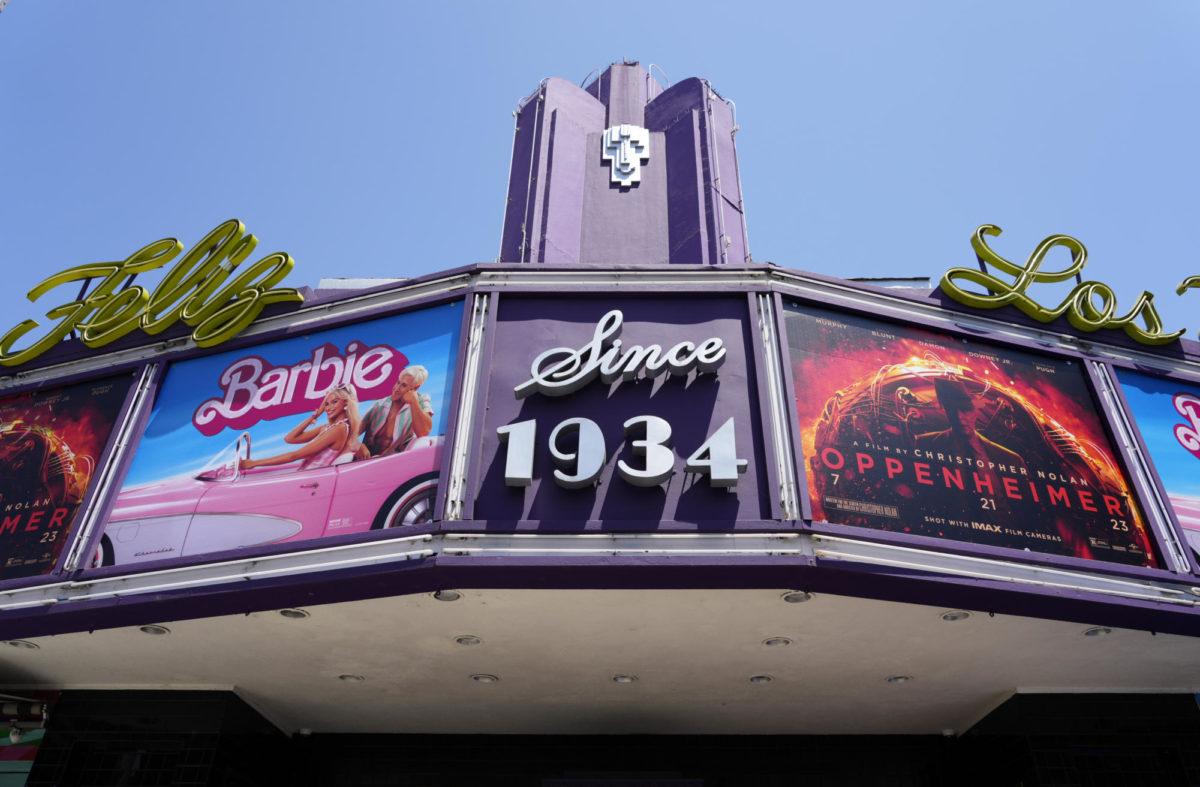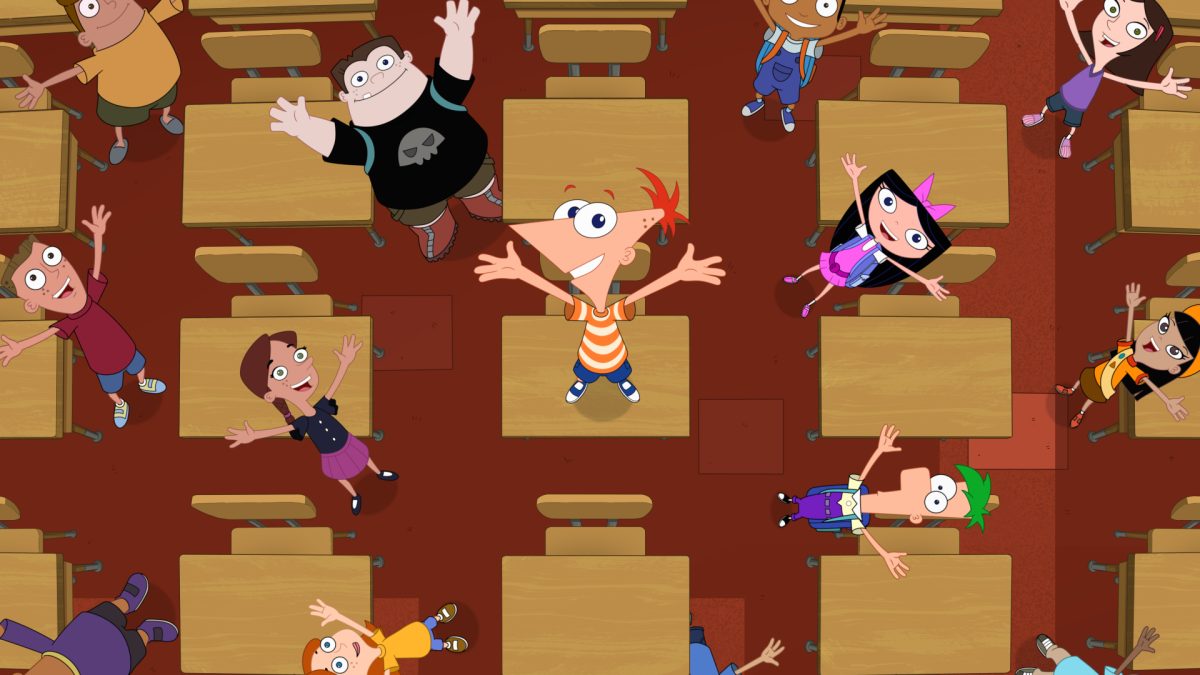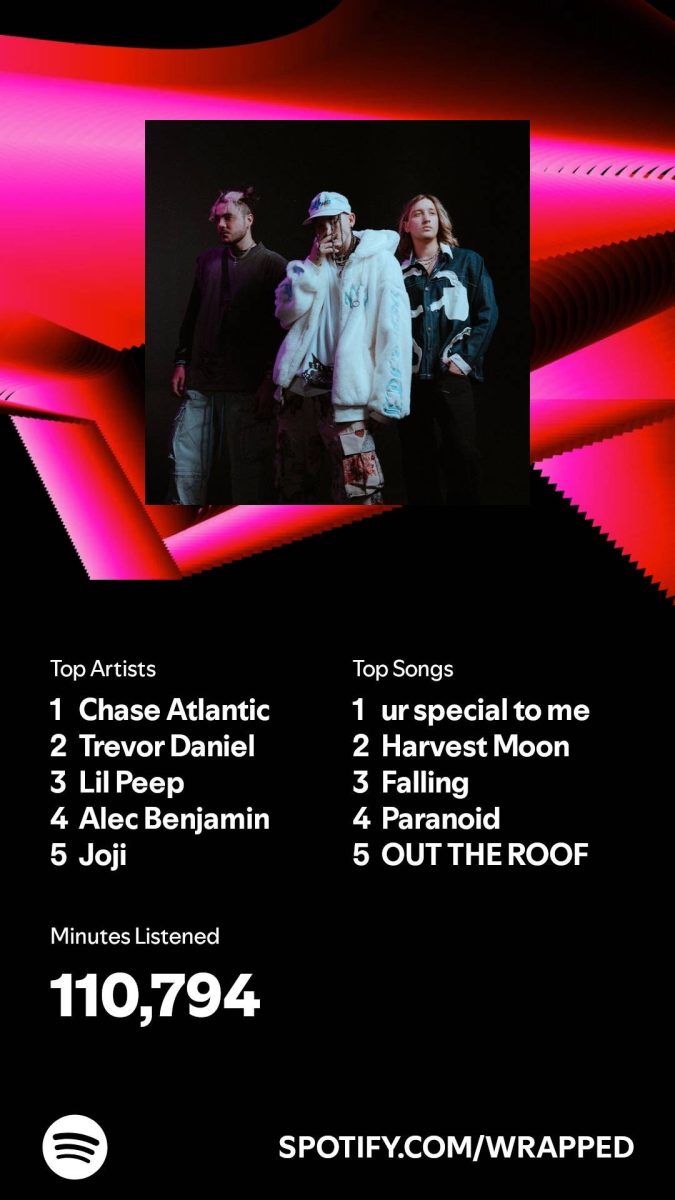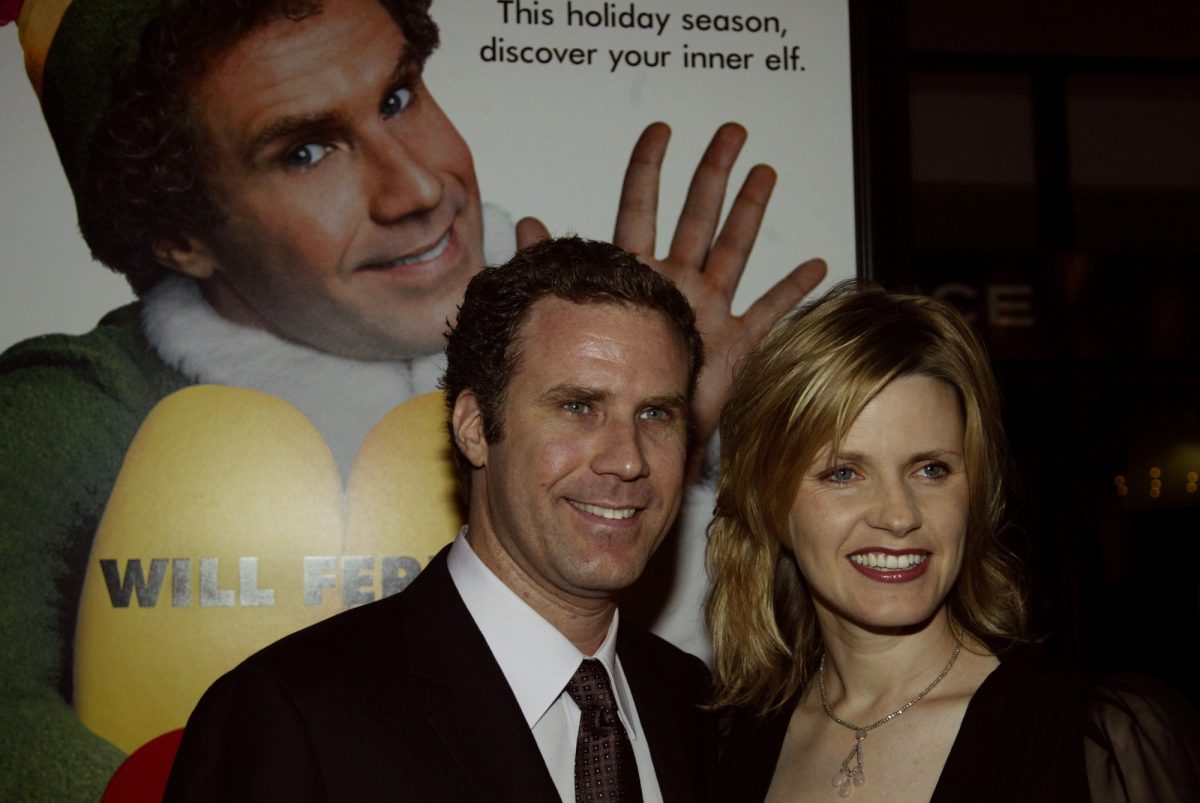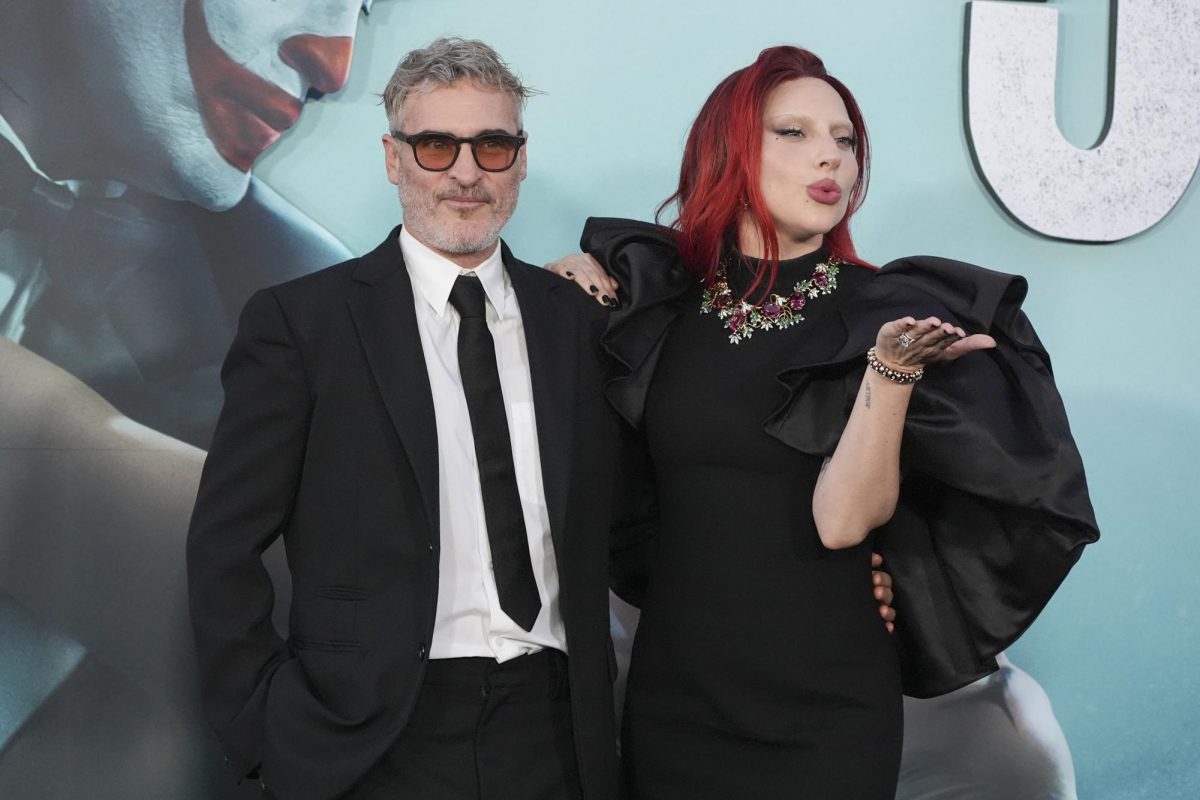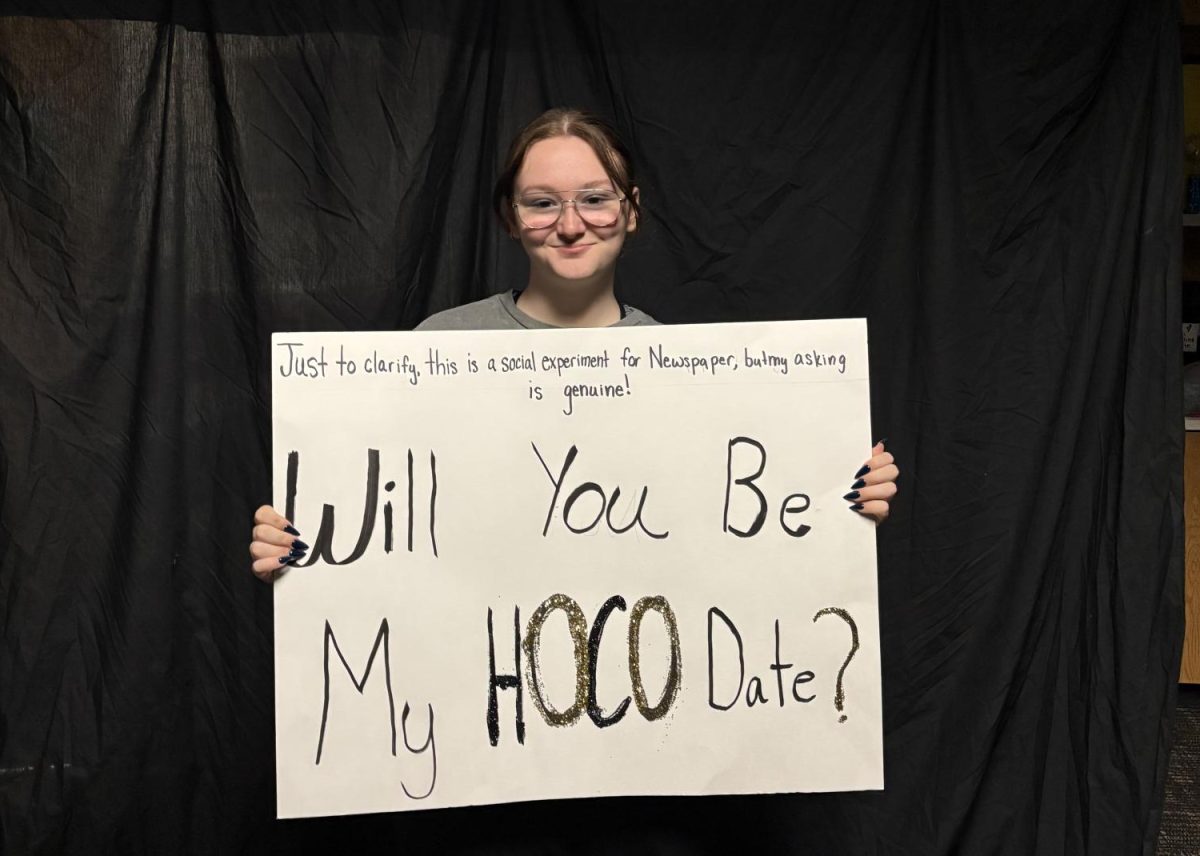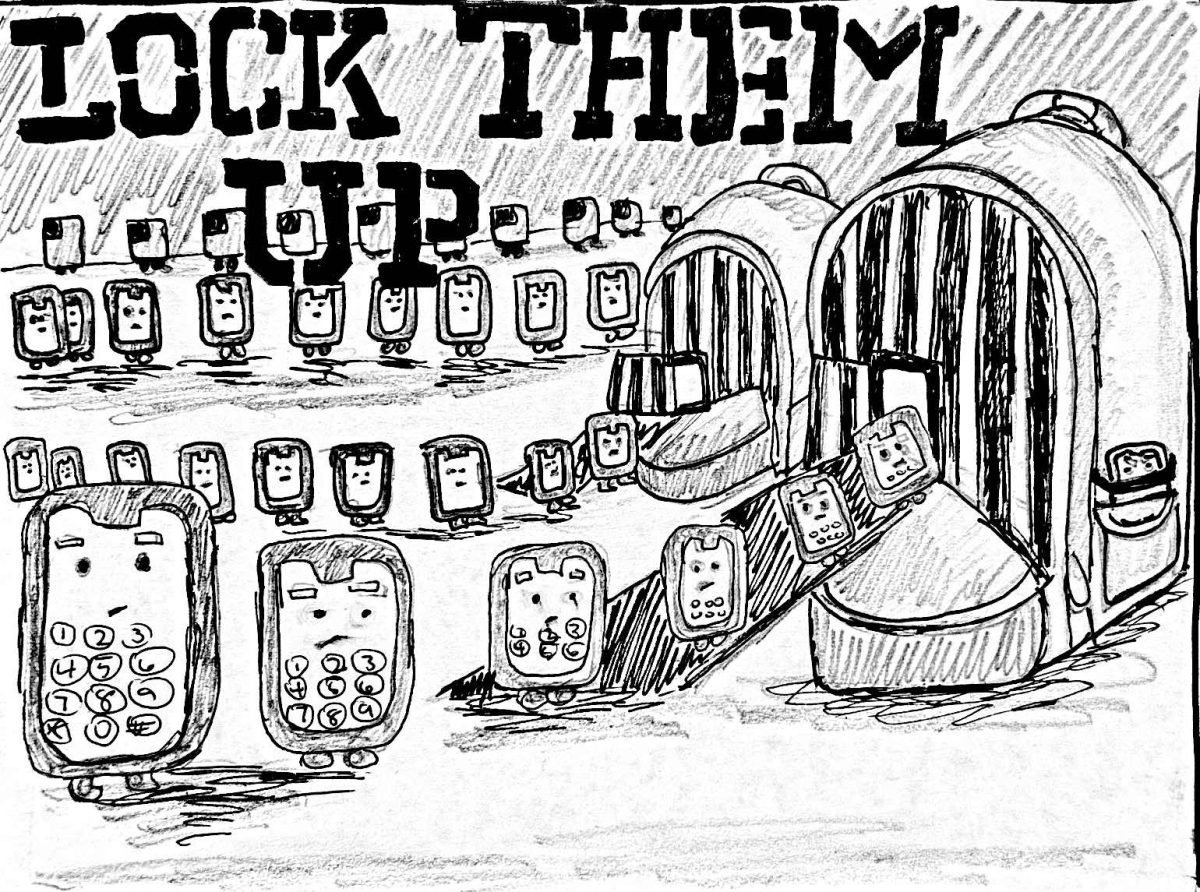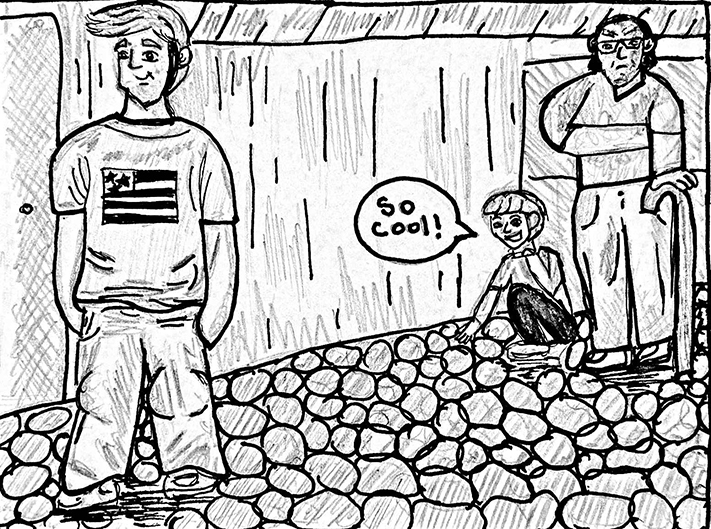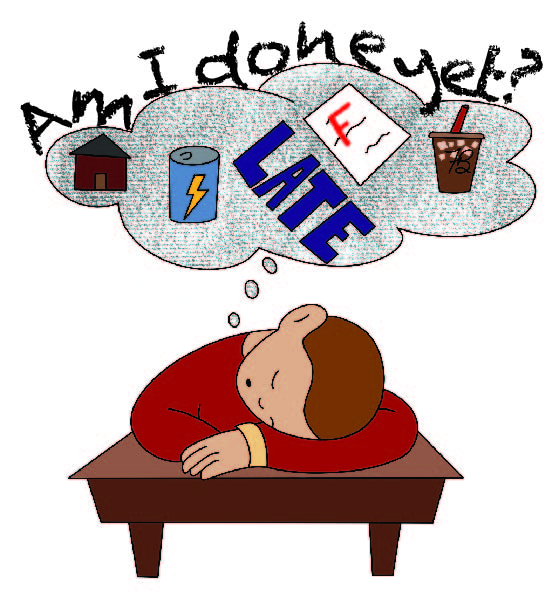The foundation of my existence lies in four essential elements: Left-wing Politics, existential dread, my mother and consumerism. So upon the announcement that these subjects would be combined into one cinematic phenomenon, eventually shattering the box office and stirring up possibly the most heated movie controversy of my lifetime, it would be accurate to say that I was well and truly giddy.
Barbenheimer is a term first coined on the internet in preparation for the joint theatrical release of two highly anticipated blockbusters, “Barbie” and “Oppenheimer.” Both films hit theaters July 21, and with their arrivals came extremely varied expectations for their respective releases. “Barbie’s” director is Greta Gerwig, creator of the critically acclaimed Lady Bird and film adaptation of Little Women.
“Barbie” is a campy fictional tale engulfed in pink, starring Margot Robbie and Ryan Gosling as Barbie and Ken. The trailers alluded to a meta self-awareness regarding a history of brand controversy and a deep connection to the multi-billion dollar toy corporation Mattel, the manufacturer of the original “Barbie.”
Oppenheimer, on the other hand, is a gritty historical biopic about the life and infamous career of Robert Oppenheimer, the creator of the atomic bombs that decimated the cities of Hiroshima and Nagasaki during World War II. Oppenheimer stars Cillian Murphy and sports director Christopher Nolan. Nolan’s credits include other action blockbusters such as The Dark Knight, Inception, and Dunkirk.
I selected my mother as my partner in cinematic crime. Hunching over my computer, and examining the show times, I counted the minutes between movie showings on my fingers. I had to schedule diligently. I would spend the entirety of July 25 at the cinema absorbing the double feature into my bloodstream. We sat through five total hours of watch time nestled inside the confines of maximum-occupancy theaters. And there, Surrounded by history buffs in trenchcoats, my journey began.
We paid extra to watch Oppenheimer in XD, as to experience the wonders of the cinematography fully. From a story-telling standpoint, the way Oppenheimer’s plot is presented to the audience is not particularly beginner-friendly. Someone watching the film with zero prior understanding of the history may struggle to follow along. It’s evident that Nolan is enticing the audience to pursue the story further, and if he intended to persuade people to read the book, he succeeded. The movie left me content but yearning for more depth in the supporting characters, connections, and cause and effect of events.
A grievance that commonly arose during online discussions was Nolan’s lack of Japanese representation and the absence of a victim perspective. However, I agree with Nolan’s creative choice to opt out of depicting these perspectives. The movie exists from the mindset of Oppenheimer. The torturous regret he feels exists only in witnessing the outcomes from the safety of a third-person point of view. If Nolan had shown the loud and gruesome deaths, it would have removed the quiet suffering that Oppenheimer endured. His dread existed without knowledge of the violent details of what the victims experienced. It’s vital for the audience to understand that his choice to pursue atomic bomb development weighed heavily on his soul regardless of specific victim experiences. He didn’t have to see or interact with a victim to recognize the blood on his hands. He didn’t have to personally know the people he hurt to understand that he started a chain of events that could potentially lead to humanity’s demise. Neither Oppenheimer nor the audience got to experience an emotional connection to a victim because, in reality, there was no emotional connection, only destruction. We got to witness Oppenheimer’s ignorance about what he caused from his perspective.
The contents of Oppenheimer were highly successful. However, it’s also imperative to consider the real-world consequences. Pop culture has latched onto the dramatic juxtaposition of the Barbenheimer conglomerate, producing seemingly endless internet memes from the event. Warner Bros. utilized the opportunity to advertise the Barbie movie by engaging with Barbenheimer content. This decision backfired and led to angry social media users expressing disappointment in the tone-deaf marketing decision. While discussing Barbenheimer, it’s necessary to consider that we must regard Oppenheimer’s content with a more gentle attentiveness than Barbie’s. And though they may share thematic similarities on different sides of the same coin, Barbie is meant to be engrossed boisterously. It’s loud and lavish. To mistake the quiet reckoning of Oppenheimer with the vivid understanding of Barbie is to commit a wrong against both artistic mediums. And to associate Oppenheimer with the same optimistic attitude as Barbie is to undermine the victims’ injustice.
As with Oppenheimer, Barbie came with specific audience expectations. Gerwig is highly regarded as a feminist filmmaker, with both Lady Bird and Little Women containing deep social commentary. No one was surprised when Barbie was projected to contain criticism for the patriarchy and toxic masculinity. Gerwig fans however were surprised by her decision to shed her status as an indie artist who focused solely on lower-budget passion projects and step into the role of director of a corporation-centered blockbuster. All art has the potential to be great, despite where it came from or who’s paying for it. With that being said, it’s also important to consider the implications of a feminist film that’s being powered by an entity that is by nature patriarchal. Giant toy company with a history of destroying the self-esteem of young girls, and manipulating them to spend all their allowance money on tiny plastic shoes.
Barbie’s marketing strategy is genuinely one of the wackiest affairs that has ever graced my television, radio, cell phone, or Amazon Alexa. Barbie Kia, Barbie Pasta, Barbie Insurance, real-life Barbie Dreamhouse, and even Barbie Candy Crush. ll shoved down consumers’ throats for weeks leading up to the release. And with each new piece of Barbie propaganda, the capitalist beast within me was fueled by the hot pink urge to consume, consume, consume.
I loved Barbie. It was everything I expected and more. The set design was intricate and beautiful, and the acting was perfect. It conveyed every message it set out to convey about establishing your own identity separate from the identity of a romantic partner, self-love, and what it means to be a woman. At times, the messaging was very on the nose with extended monologues itemizing the difficulties that come with being a woman. The film itself doesn’t introduce any groundbreaking feminist concepts, but it succeeds in making women feel heard. It’s in the subtle moments when Barbie discovers what it means to be human that the movie thrives. She discovers the meaning of living in the soft moments of quiet comprehension. Those are the moments that make the existential dread worth enduring.
A mother-and-daughter relationship exists at the story’s core, however, it often feels overshadowed by the spectacle. Diving deeper into the complexities of that relationship would have strengthened the film’s tribute to motherhood. A connection between mother and daughter is formed, but the revelation that had to occur for the daughter to suddenly understand her mother on a human level wasn’t explored. With first-hand knowledge of how dire the mother-daughter dynamic is to womanhood, I would’ve appreciated more depth.
As I stepped out of the darkness of the theater, forcing my brain to gather all my thoughts into a concise conclusion, it occurred to me that the two films I watched, though drastically different in tone, were not all that different in theme. Barbenheimer is about change. Whether optimistic or tear-inducingly pessimistic, they encompass the idea that a single person has the power to change everything from nuclear politics to patriarchy. Oppenheimer: Destroyer of worlds, and “Barbe”: Destroyer of healthy eating habits. Together they form the largest cinematic phenomenon of 2023.


